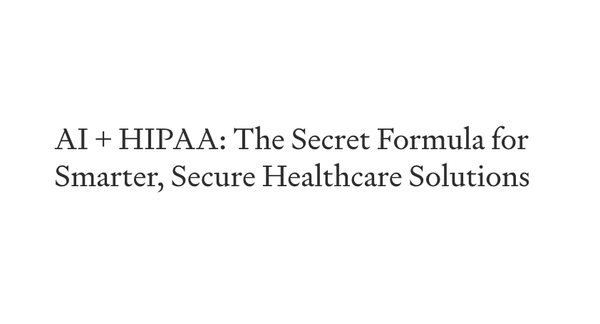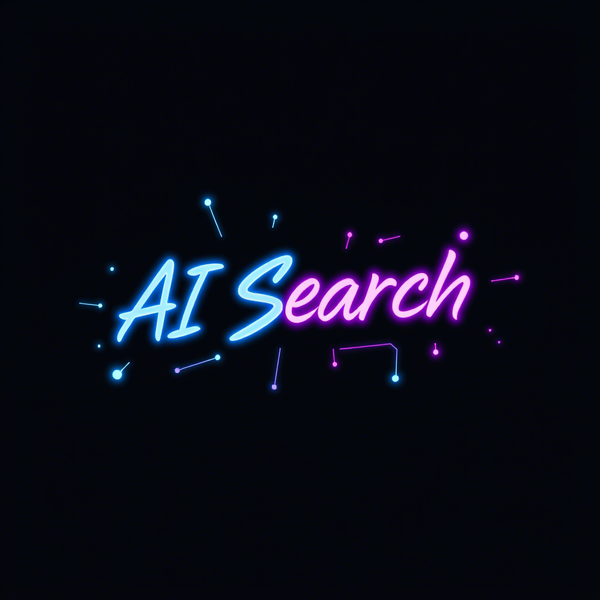Why Healthcare Infrastructure Should Switch to Linux and Open-Source Tech
Table of Content
Healthcare institutions depend on secure, efficient, and cost-effective IT infrastructure to manage patient data, medical devices, and operations. Linux and open-source technology provide a compelling solution to address cybersecurity threats, enhance system flexibility, and reduce high licensing costs.
This article explores why healthcare infrastructure should adopt Linux and open-source software (OSS), while also considering potential challenges and highlighting examples of successful implementation.
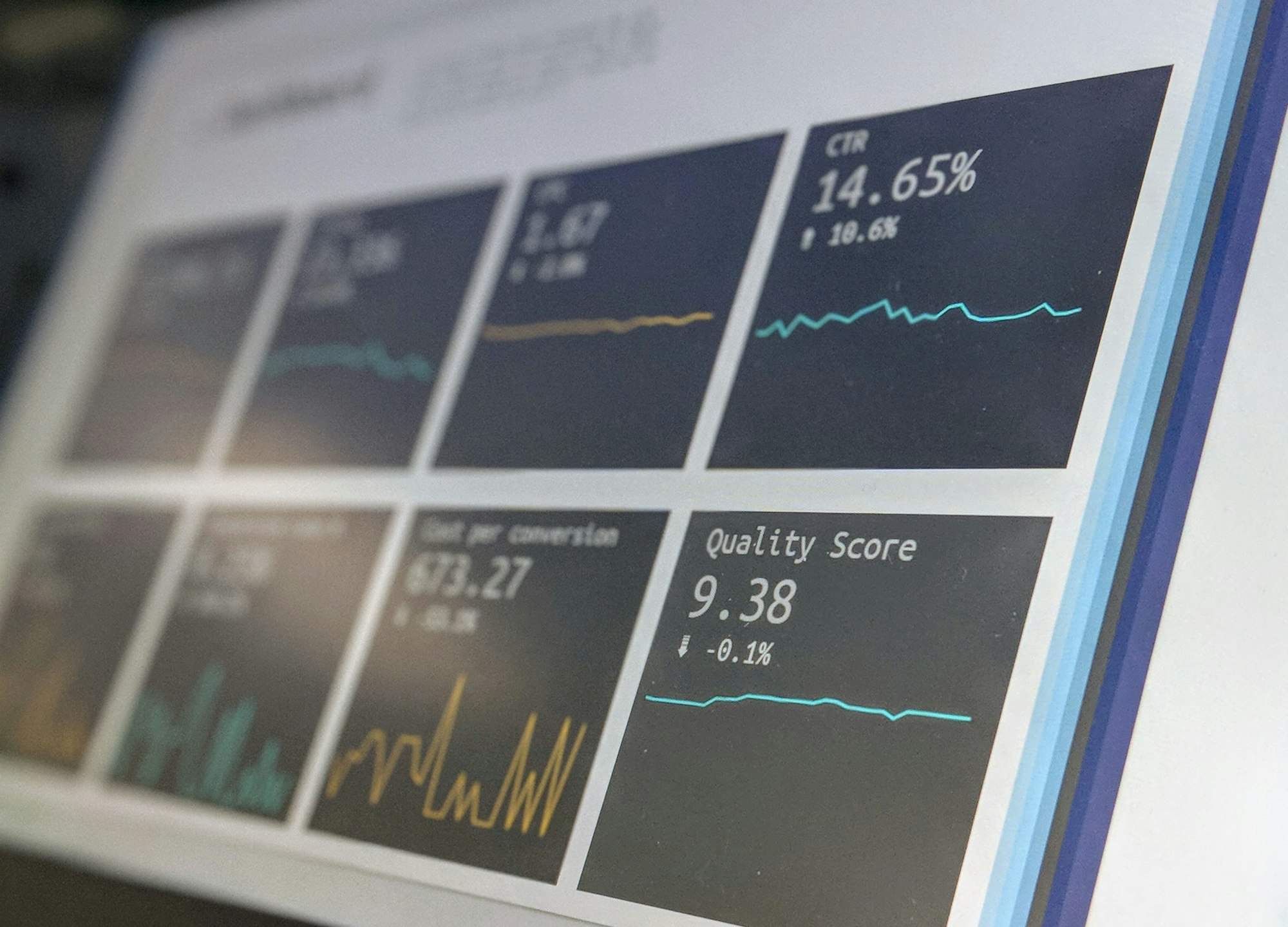
Cybersecurity Threats in Healthcare, and Why use Linux?
Healthcare has become an increasingly attractive target for cyberattacks. Data breaches can expose sensitive patient information, leading to severe financial and legal consequences. The 2017 WannaCry ransomware attack on the UK's National Health Service (NHS) exemplifies how such incidents can cripple medical services, rendering systems inoperable and compromising patient care.
Proprietary systems like Windows are often in the crosshairs due to their widespread use and well-known vulnerabilities.
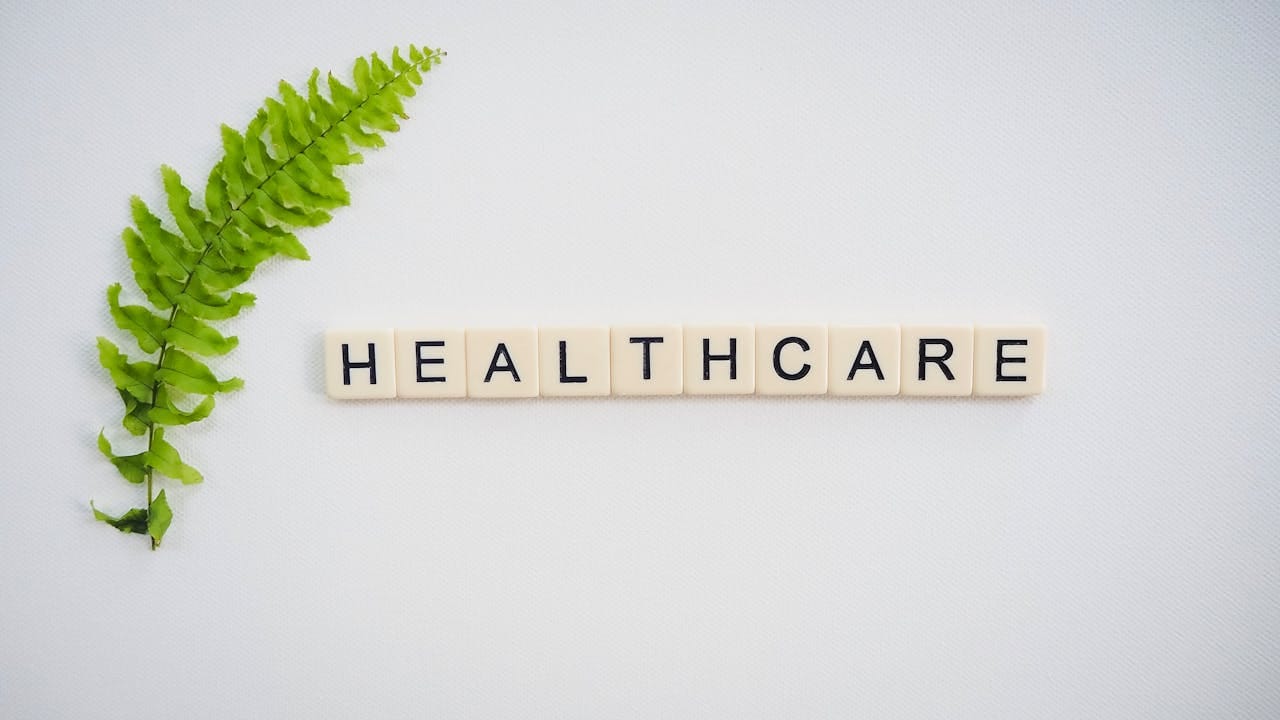
In contrast, Linux and open-source technology offer robust security features and rapid patching cycles, effectively reducing the attack surface. Linux systems' architecture makes them inherently less susceptible to viruses and malware. Moreover, open-source software empowers IT teams to inspect, audit, and modify code swiftly to address vulnerabilities—a significant advantage over relying on proprietary vendors for updates.
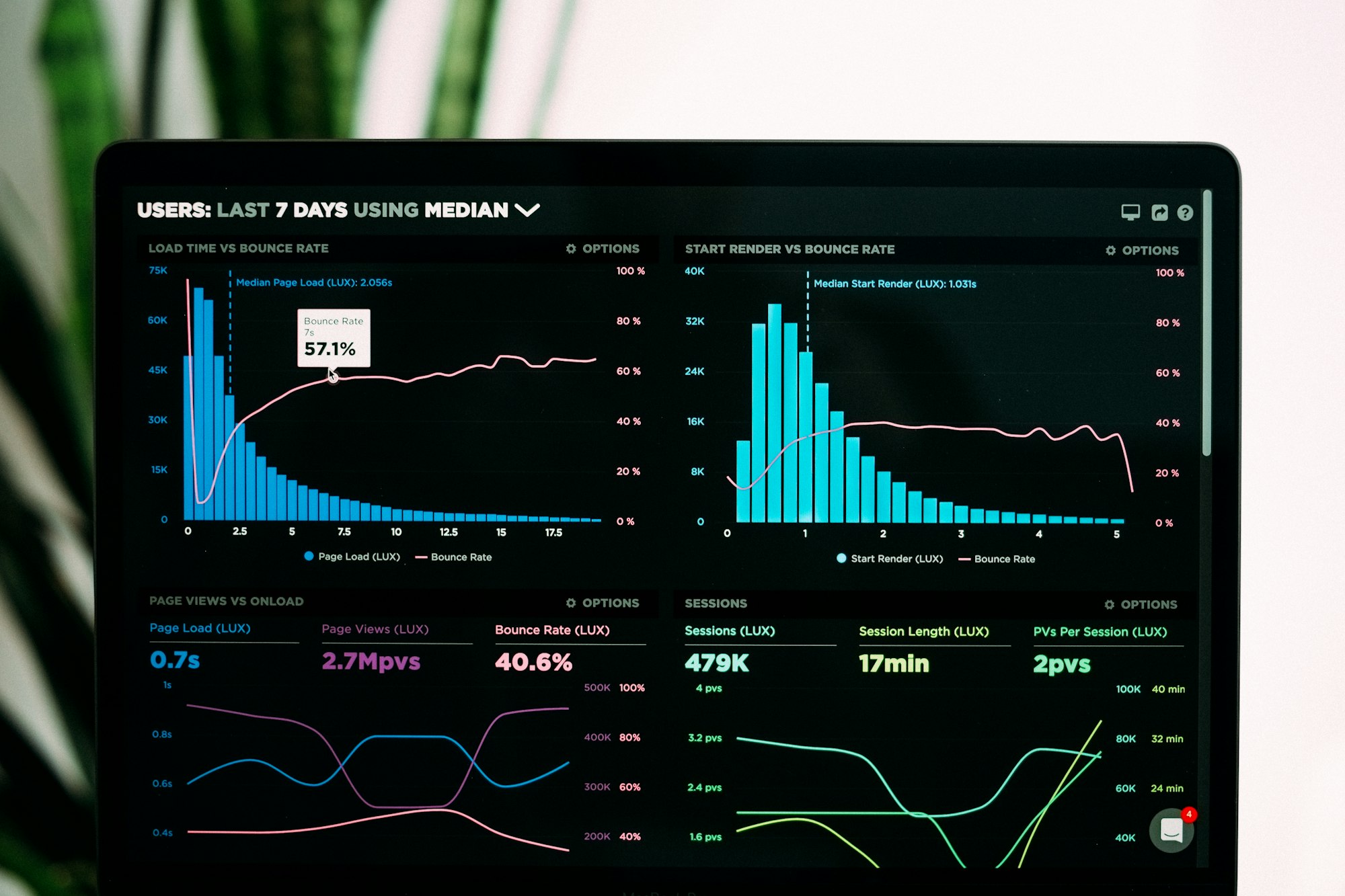
Examples of Worst-Case Scenarios
- Ransomware Attacks: Healthcare organizations reliant on proprietary systems are vulnerable to ransomware attacks. The Dusseldorf University Hospital in Germany was forced to turn away patients after a ransomware attack, highlighting the serious consequences of insecure infrastructure.
- System Downtime: Proprietary software often requires costly licensing and restrictive contracts. Downtime for updates or maintenance can be extended if the vendor has a backlog, delaying critical healthcare services.
- Data Breaches: In 2020, more than 550 healthcare data breaches were reported in the U.S. alone, exposing the information of over 27 million patients. Proprietary systems that lack flexibility in patching or customization are more susceptible to these threats.
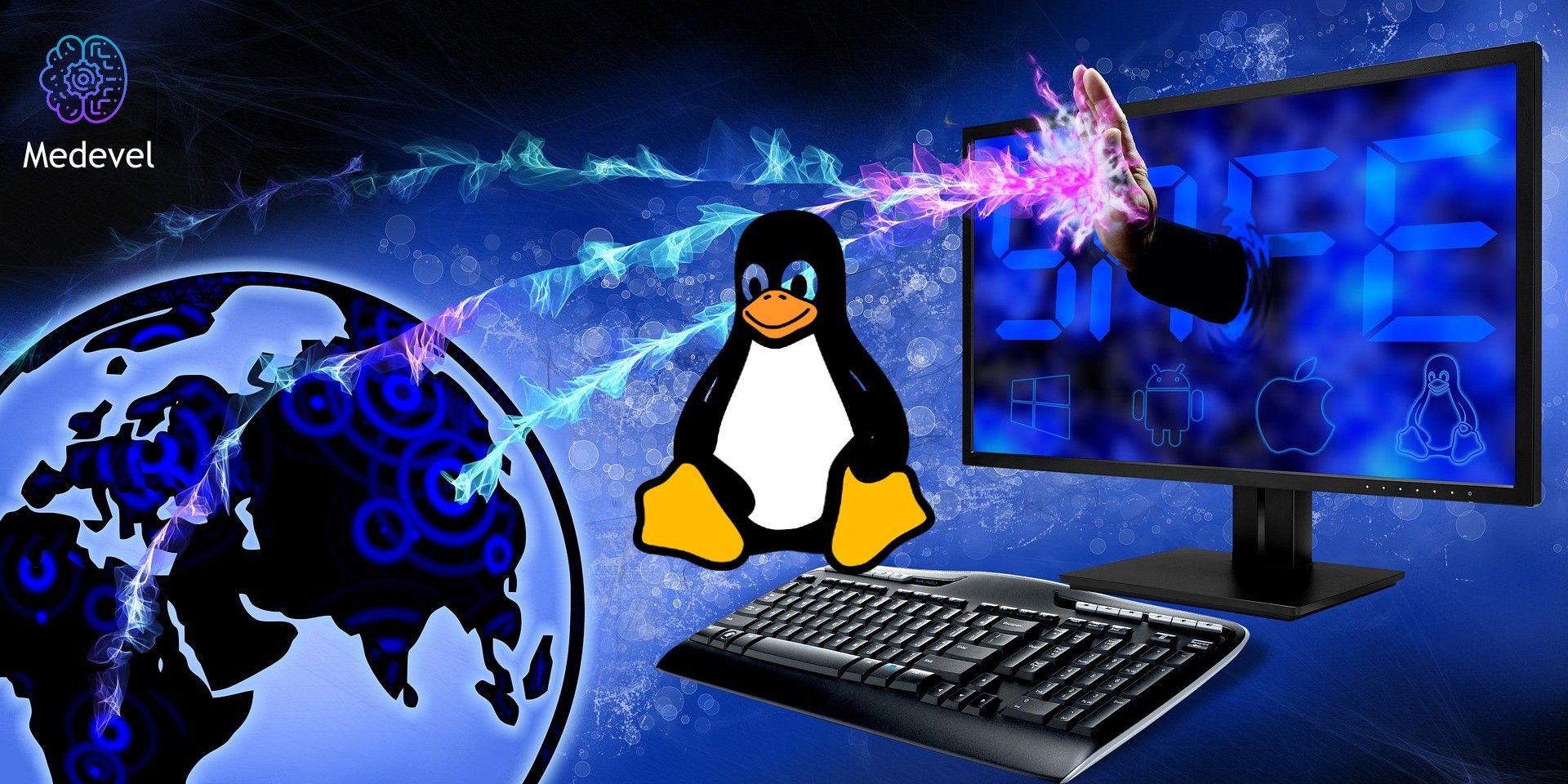
Benefits of Linux and Open-Source Technology in Healthcare
- Cost-Effective: Linux is free and open-source, eliminating licensing fees associated with proprietary systems like Windows or macOS. This frees up resources for more critical healthcare needs.
- Customizability: Open-source systems can be tailored to meet the specific needs of healthcare providers, including custom security configurations and integrations with specialized medical software.
- Security: With Linux and open-source solutions, healthcare institutions have full control over their system security. They can audit code, detect vulnerabilities early, and apply security patches without relying on a third-party vendor’s schedule.
- Reliability: Linux systems are known for stability and uptime, making them ideal for critical environments like healthcare, where downtime can have life-threatening consequences.

Challenges in Adopting Linux and Open-Source Tech
- Staff Training: Healthcare professionals and IT staff may require training to familiarize themselves with Linux and open-source tools, which can lead to initial inefficiencies.
- Vendor Lock-in: Many healthcare systems and electronic health records (EHR) solutions are built to run on proprietary platforms. Transitioning away from these could require reworking existing infrastructure, which can be time-consuming.
- Compatibility: Open-source software may not always be compatible with proprietary medical devices or software, necessitating customized solutions or workarounds.
- Perception: Many healthcare providers believe that proprietary systems are more reliable due to their market presence, which can create resistance to change.
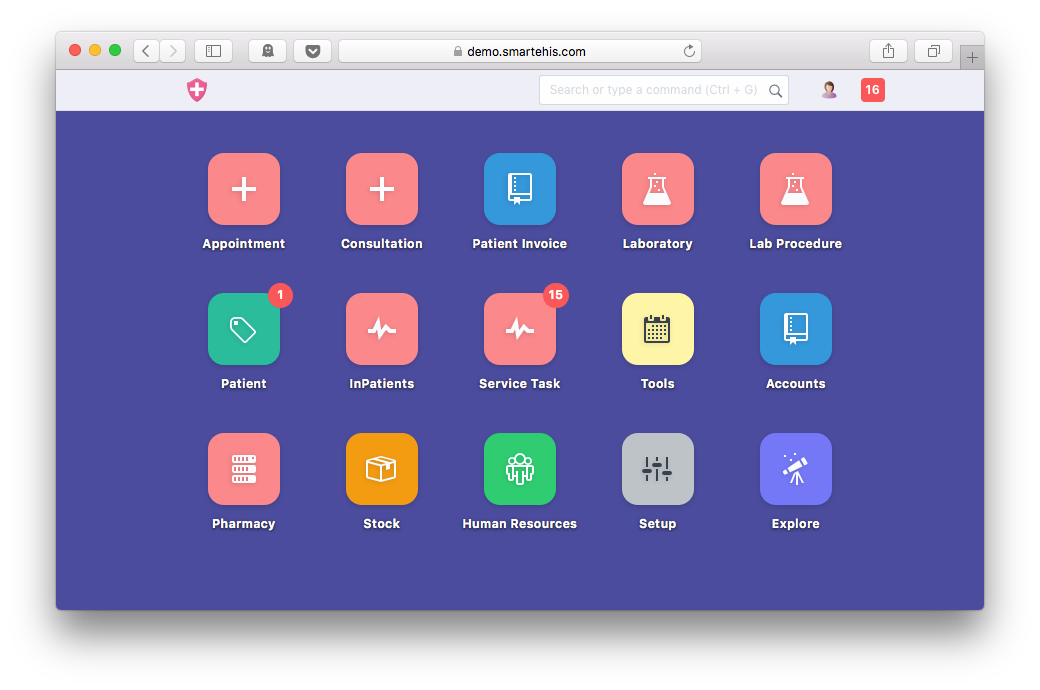
Successful Cases of Linux and Open-Source in Healthcare
- Medsphere and OpenVista: Medsphere developed OpenVista, an open-source Electronic Health Record (EHR) system based on the U.S. Department of Veterans Affairs' VistA system. It has been successfully implemented in various healthcare settings, enhancing patient record management and care quality.
- French Hospitals Embrace Linux: Numerous French hospitals have transitioned to Linux-based systems, significantly reducing costs and bolstering security. This shift has allowed them to slash software expenses while adhering to strict healthcare regulations.
- Interoperability with Free and Open-Source Software (FOSS): Open-source tools like GNU Health, a comprehensive hospital management system, have been deployed across several developing countries. These implementations have streamlined patient care, hospital logistics, and administrative tasks, leading to more efficient resource management.
Open-Source Adoption in Healthcare: Medevel.com's Role
At Medevel.com, we showcase cutting-edge medical and educational open-source software. While we recognize the immense potential of open-source solutions in healthcare, we're also aware of the industry's slow adoption rate and its challenges.
Many healthcare institutions hesitate to make the switch, citing concerns about staff training, compatibility, and system migration. Nevertheless, we firmly believe that open-source tools are vital for building cost-effective, secure, and efficient healthcare systems.
We're dedicated to keeping our blog up-to-date with the latest open-source technologies, empowering healthcare decision-makers to make well-informed choices. Our team also provides consultation services to help you select and implement open-source solutions tailored to your workflow, ensuring your organization reaps the full benefits of open-source adoption.
At Medevel.com, we aim to bridge the gap between open-source technology and healthcare, making these powerful tools more accessible to institutions striving to enhance efficiency, bolster security, and improve patient care.
FAQs
1. Why is Linux considered more secure for healthcare infrastructure?
Linux's architecture is inherently secure. Its open-source nature allows for swift identification and patching of vulnerabilities. The community-driven development process ensures rapid security updates, contrasting with proprietary systems that rely on vendor schedules.
2. What are the main challenges in transitioning from proprietary systems to open-source?
Key challenges include staff training, compatibility with existing proprietary software, and overcoming resistance due to perceived reliability concerns. However, a well-structured transition plan can effectively address these issues.
3. Can Linux-based systems manage large-scale healthcare operations?
Absolutely. Numerous healthcare institutions, including entire hospital networks, operate successfully on Linux-based infrastructure. OpenVista and GNU Health are prime examples of large-scale implementations.
4. Are there drawbacks to using open-source software in healthcare?
The primary drawbacks are the initial learning curve for staff and potential compatibility issues with proprietary medical devices or software.
However, once integrated, open-source solutions provide substantial flexibility, enhanced security, and cost benefits.
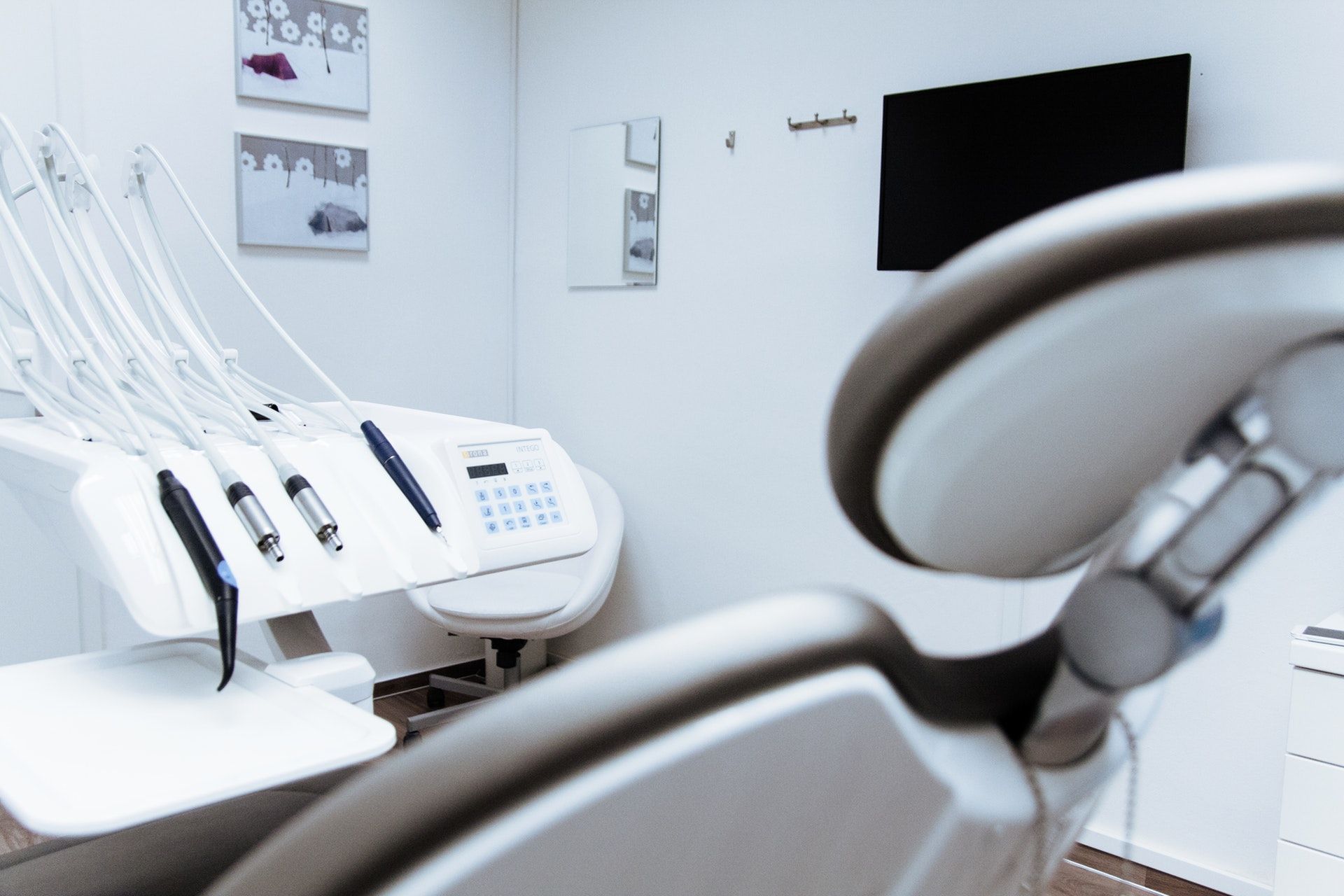
Conclusion
The adoption of Linux and open-source technology offers healthcare infrastructure a secure, cost-effective, and flexible solution to modern challenges. While initial hurdles exist, the long-term benefits—enhanced security, increased adaptability, and significant cost savings—make it a compelling alternative to proprietary systems.
Successful implementations such as OpenVista and GNU Health demonstrate that open-source solutions are already revolutionizing healthcare operations worldwide.




